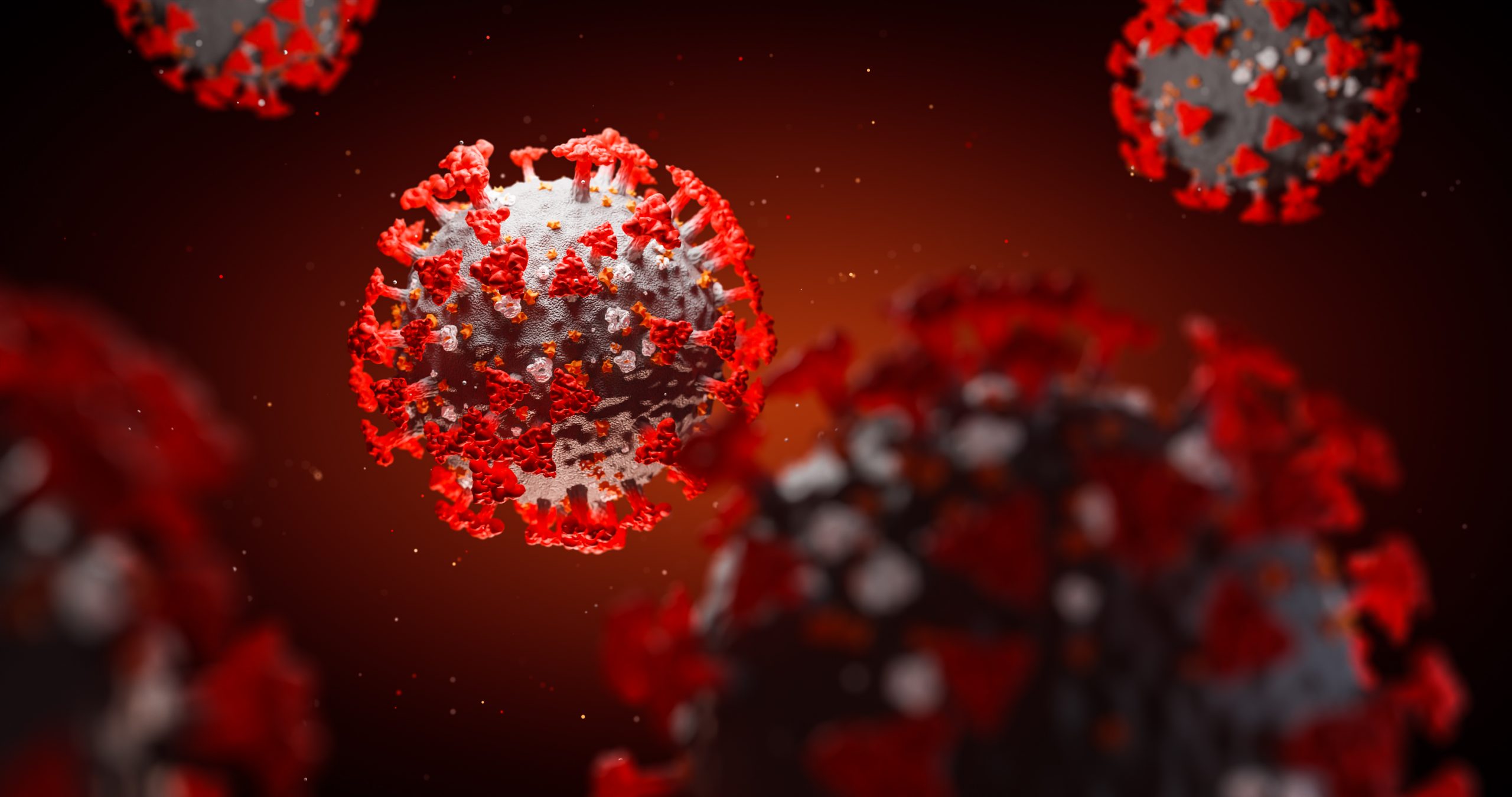
26 Mar AIGHD response to COVID-19
In the Netherlands, the first confirmed case of COVID-19 was recorded on February 27, 2020. In the past several weeks, the virus has continued to spread throughout the country and around the world. As citizens react to the outbreak and the measures introduced, AIGHD staff from various disciplines share their insights.
Medical anthropologist, Danny de Vries, explains why people in Asia responded quickly and rigorously to measures aimed at mitigating the outbreak. “You see that historical experience of populations with previous disease outbreaks determine how people respond to new ones.” Memories of the SARS outbreak in Asia prompt people to take these outbreaks more seriously and act urgently. In the Netherlands, the most recent epidemics were the 2009/2010 H1N1 “swine” flu and the seasonal flu, which have an average mortality rate of 0.02% and 0.1% respectively.
This is a complex pandemic and experts are struggling with a simultaneous dearth and excess of information. Developments are breathless and uncertainty prevails. This complicates communication to a wider public, particularly when seeking to explain the rationale for measures that have significant economic and social implications. People are navigating diverse information sources to get a handle on what is happening. Scientists are increasingly engaging with journalists and the general public to put their messages across more directly. We also see the WHO leading the way to counter the more spurious information that circulates on social media. Online, rumours continue to circulate because some people are willing to exploit the uncertainty in search of clicks.
Law is usually the last thing people think about in a pandemic, but it can be very important. Associate professor and health lawyer, Anniek de Ruijter, explains the importance of upholding the rule of law during an emergency: “otherwise when the pandemic is over we may be in a lot more trouble, because there is no society left at all”. Therefore, she goes on to explain, law and regulation needs to be prepared for these types of situations — including the coordination and interaction between legal regimes, such as that of the WHO and its Member States and for instance the EU.
But laws and regulations in times of a health crisis are not new, as we have experienced corona and flu virus outbreaks in the past — most notably, the bird flu and the swine flu. Clinical microbiologist Constance Schultsz explains that infectious diseases will continue to emerge, often due to transmission of microorganisms such as viruses and bacteria, from animals to humans, stating that “human behavior as a result of, for example cultural customs or trade, can influence the evolution of these microorganisms.” The uniqueness of this outbreak is its high rate of transfer — “the coronavirus is easily transferable from person to person and that is why we are seeing it spread rapidly and why containment measures are so important.” Because the virus is ‘new’ for people, the virus can enter a new host who does not yet possess antibodies to fight against it often leading to symptoms of infection, which promote further spread.
As the situation evolves worldwide, AIGHD will continue to provide information on the outbreak and its related activities.
Below are sources provided by researchers in a variety of discipline:
Microbiology:
https://github.com/CSSEGISandData/COVID-19;
https://www.who.int/emergencies/diseases/novel-coronavirus-2019/events-as-they-happen;
Social Science:
https://www.socialscienceinaction.org/
https://blogs.scientificamerican.com/observations/covid-19s-psychosocial-impacts/
